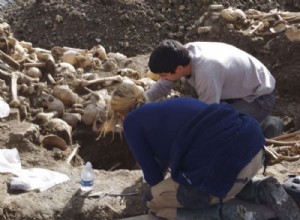Despite the fact that Machu Picchu monopolizes the worlds media and tourist attention massively on the Andean zone, it is extraordinarily rich in historical heritage and abundant archaeological sites can be found scattered throughout the countries that make it up, from the Cañarí ruins of Ingapirca




